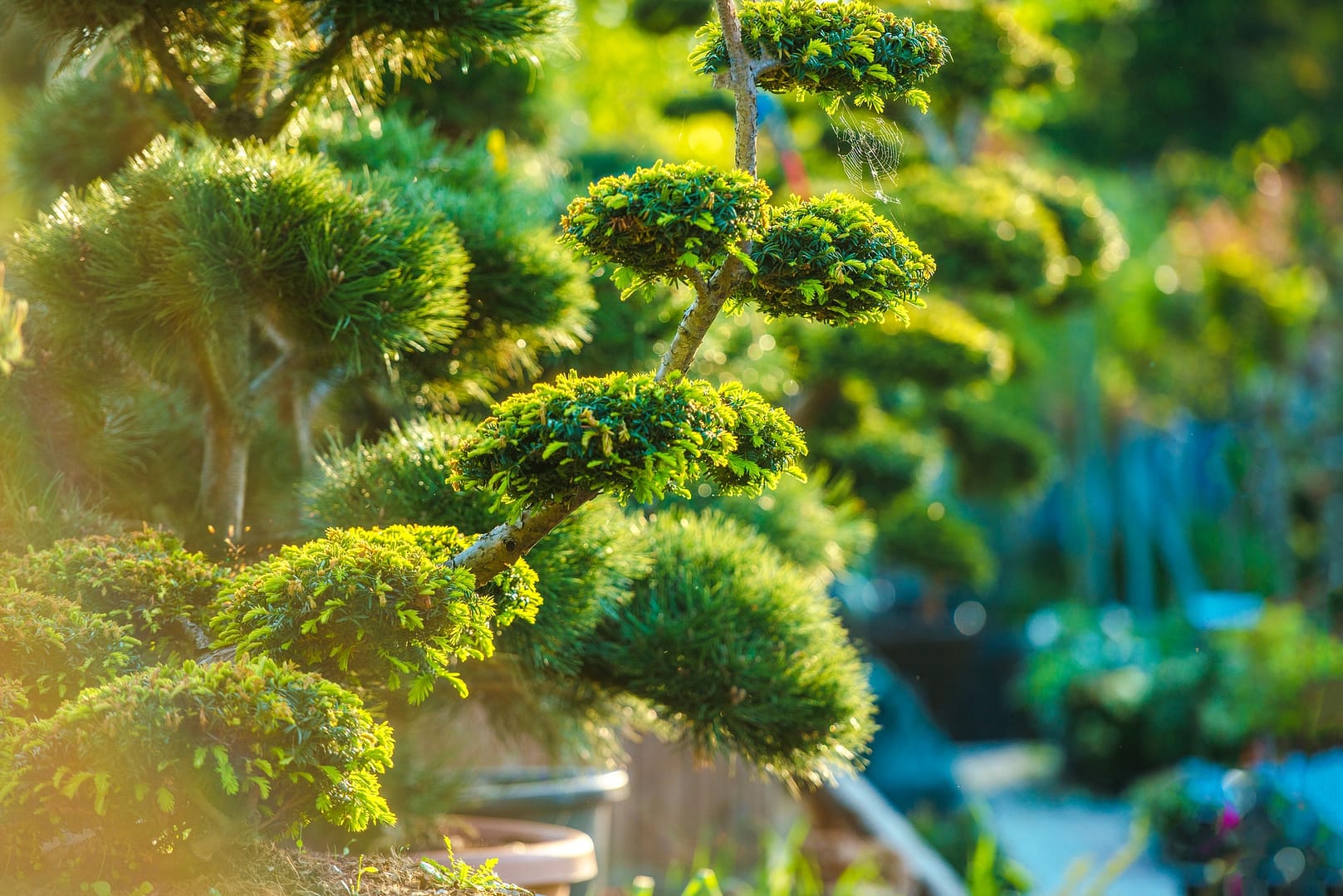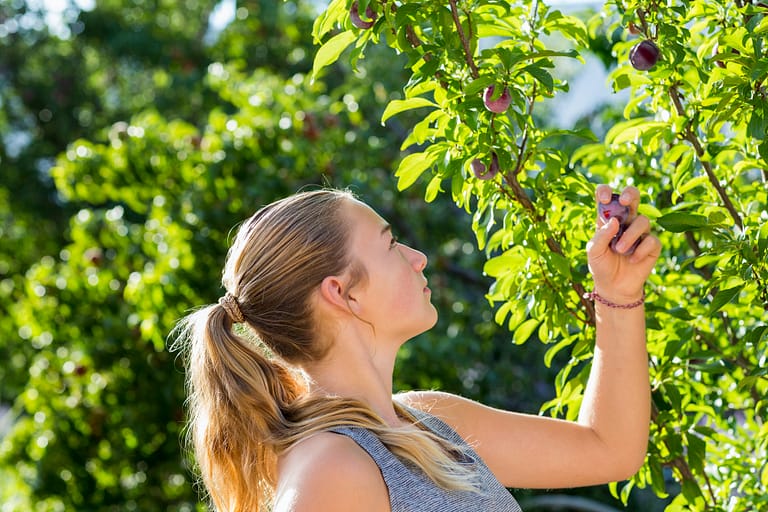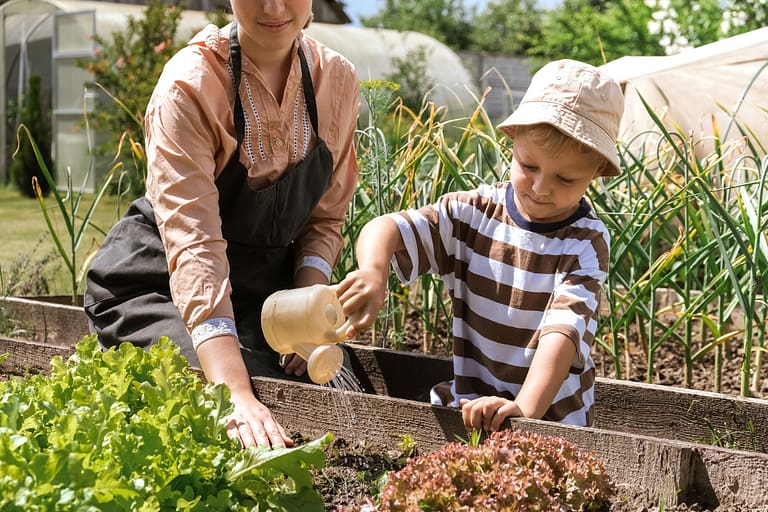Historic Gardens of Dallas
Are you excited to explore the historic gardens of Dallas?
These beautiful gardens offer a peaceful escape and a chance to connect with nature. You can visit the tranquil Texas Discovery Gardens or the captivating Dallas Arboretum & Botanical Gardens to experience a variety of natural wonders.
These gardens have a rich history and timeless charm, providing a safe and serene environment for visitors.
So, come and immerse yourself in the beauty of the Historic Gardens of Dallas.
Key Takeaways
Excited to explore the historic gardens of Dallas? These beautiful gardens provide a peaceful escape and a chance to connect with nature. For instance, you can visit the tranquil Texas Discovery Gardens or the captivating Dallas Arboretum & Botanical Gardens to experience a variety of natural wonders. These gardens hold a rich history and timeless charm, offering a safe and serene environment for visitors. So, come and immerse yourself in the beauty of the Historic Gardens of Dallas.
Early Influences on Dallas Garden Design
When you delve into the historical gardens of Dallas, you'll uncover the early influences that have shaped the city's landscaping heritage.
One significant example is the DeGolyer Gardens at the Dallas Arboretum and Botanical Garden in Texas. The DeGolyer House, a captivating feature listed on the National Register of Historic Places, provides valuable insights into the estate's history and architecture, which have played a pivotal role in shaping garden designs in Dallas.
Within the DeGolyer Gardens, you'll find 22 diverse gardens, each showcasing a wide array of themes and features. These gardens likely served as inspiration for the varied and thematic garden designs found throughout Dallas.
For instance, the Magnolia Allee, Sunken Garden, and Octagonal Fountain, designed by landscape architects Arthur and Marie Berger in 1940, offer a glimpse into the early influences that have contributed to the unique and captivating garden designs that define Dallas.
Notable Historic Dallas Gardens
Explore the historic gardens of Dallas to uncover the city's rich gardening legacy.
The DeGolyer House, located in the Dallas Arboretum & Botanical Gardens, is a must-see attraction. Its beautiful gardens, including the McCasland Sunken Garden, provide a peaceful and picturesque setting. The DeGolyer Estate offers breathtaking floral displays, offering a glimpse into the city's historical gardening traditions.
Another highlight is the Boswell Family Garden, which features a diverse array of plants and flowers, perfect for a leisurely stroll. Remember to stay on designated paths and be mindful of delicate plant life while exploring these gardens.
Immerse yourself in these historic landscapes to witness the evolution of garden styles in Dallas, each with its own unique charm and allure.
Evolution of Garden Styles in Dallas
The garden styles in Dallas have changed over time, reflecting new trends and design influences.
For example, the DeGolyer House has seen a shift from traditional and formal layouts to more modern and innovative designs. The classical elegance of the DeGolyer Gardens shows the influence of traditional European designs.
Meanwhile, the Nasher Sculpture Center displays contemporary and art-focused landscapes, representing the city's horticultural evolution.
This evolution in garden styles in Dallas demonstrates how the city has embraced diverse influences, from historic and traditional layouts to more artistic and sculptural landscapes.
When exploring Dallas, you'll discover a wide variety of garden styles that mirror the city's ever-changing preferences and trends in garden design.
Impact of Landscape Architects in Dallas
Landscape architects have made a significant impact on Dallas by adding diversity to the city's architecture. They've created green spaces that blend seamlessly with the urban environment, enhancing the city's visual appeal and providing functional and welcoming areas for the community to enjoy.
These architects have skillfully integrated greenery and natural elements into the urban landscape, achieving a harmonious balance between nature and the built environment. This thoughtful approach hasn't only beautified the city but also improved the overall quality of urban life for Dallas residents.
Architectural Diversity in Dallas
When exploring the architectural diversity of Dallas, it's evident that landscape architects have played a vital role in creating visually striking and culturally significant outdoor spaces across the city.
For instance, the DeGolyer Gardens, designed by architects Arthur and Marie Berger, contribute significantly to Dallas's architectural diversity. The gardens showcase iconic features such as Magnolia Allee, Sunken Garden, and Octagonal Fountain. Moreover, the redesign of the DeGolyer Estate entry landscape in 2012 underscores the impact of landscape architects, as it now features lush tropical plants and palms, creating a warm and inviting entrance.
The DeGolyer House, a National Register of Historic Places listing, is another example of the influence of landscape architects. Its blooming flowers and gardens attract numerous visitors during the blooming season, highlighting the impactful displays created by these professionals.
Similarly, the Trammell Crow Sculpture Garden reflects the impact of landscape architects in crafting diverse and culturally rich outdoor spaces by showcasing the Crow family's passion for Asian art.
Furthermore, the Margaret Elisabeth Jonsson Color Garden, designed by landscape architect Naud Burnett II, offers a diverse range of visually stunning plants, underscoring the profound impact of landscape architects in creating beautiful and impactful outdoor spaces in Dallas.
These architectural marvels seamlessly blend with green spaces and urban landscapes, enriching the overall experience of Dallas.
Green Spaces' Urban Integration
Dallas is home to numerous urban green spaces that seamlessly blend into the cityscape, thanks to landscape architects. These professionals have carefully designed spaces like the historic gardens of the DeGolyer House, which feature unique elements such as the Magnolia Allee, Sunken Garden, and Octagonal Fountain, creating a peaceful and artistic atmosphere for visitors.
The work of landscape architects ensures that these green spaces not only enhance the city's beauty but also provide a safe and visually appealing oasis away from city life. Examples of their impact include the Margaret Elisabeth Jonsson Color Garden and the Trammell Crow Sculpture Garden, both seamlessly integrated into Dallas' urban environment.
Influential Landscape Designs
When you visit the historic gardens of Dallas, you'll see how landscape architects have significantly shaped the city's green spaces, seamlessly blending nature into the urban landscape.
Some notable influential landscape designs in Dallas include the DeGolyer House, originally created by landscape architects Arthur and Marie Berger, which features beautiful blooming flowers and gardens. The garden also boasts vibrant tulips and fragrant wisteria, making it a popular choice for small weddings.
Additionally, the Rutchik Concert Stage offers a serene and artistic atmosphere within the city, while the Butterfly House provides an enjoyable and educational experience for visitors of all ages.
Another remarkable landscape design is the Margaret Elisabeth Jonsson Color Garden, designed by Naud Burnett II, showcasing visually stunning and resourceful landscapes.
These spaces not only celebrate nature's beauty but also prioritize safety and relaxation for all visitors.
Preservation Efforts for Dallas Gardens
Preserving the historic gardens in Dallas is crucial to maintaining their beauty and cultural significance for future generations. These efforts not only honor the gardens' historical value but also ensure the safety and enjoyment of visitors. Let's look at some key preservation initiatives for these gardens.
The DeGolyer House undergoes renovations to preserve its historical and architectural beauty, while safety measures are implemented during Christmas events.
Ongoing efforts are made to maintain the sculpture collection at the Trammell Crow Sculpture Garden, and regular maintenance is carried out to ensure visitor safety in the historic gardens.
Additionally, there are initiatives to safeguard the cultural and historical significance of these cherished spaces.
These preservation efforts are essential for safeguarding the legacy and allure of Dallas's historic gardens.
Future Trends in Dallas Garden Design
Looking into the future of garden design in Dallas, it's essential to note the increasing focus on sustainable urban gardening. This means using native plants for landscaping and implementing eco-friendly irrigation systems to save resources and support local ecosystems.
Moreover, integrating art with nature presents an exciting opportunity to craft distinctive and immersive experiences within the city's green spaces. For instance, incorporating sculptures or interactive installations can enrich the overall ambiance and engagement for visitors.
These trends reflect a shift towards environmentally conscious and creatively enriched garden designs that contribute to the vibrancy of Dallas's urban landscape.
Sustainable Urban Garden Design
As you explore the historic gardens of Dallas, you'll notice a growing trend towards sustainable urban garden design. This approach integrates eco-friendly practices and water conservation, setting the stage for a greener, more environmentally friendly future.
Two notable examples of this trend include the DeGolyer House and gardens listed on the Register of Historic Places in Dallas. The DeGolyer House beautifully exemplifies sustainable urban garden design by blending its original garden features with new designs that incorporate native plants and eco-friendly landscaping.
Similarly, efforts to incorporate sustainable urban garden design in gardens listed on the Register of Historic Places showcase a harmonious blend of history and eco-conscious practices.
Native Plant Landscaping
Native plant landscaping is becoming increasingly popular in Dallas garden design. The historic DeGolyer House is a great example of this trend, showcasing the use of indigenous plants in its entry landscape. This approach not only honors the region's natural heritage but also supports biodiversity and sustainability.
Frequently Asked Questions
What Is Dallas Arboretum Known For?
The Dallas Arboretum is famous for its beautiful scenery, seasonal events, horticultural displays, family-friendly activities, and educational programs. Visitors should not miss the stunning tulips and azaleas, the two-story Butterfly House, and the diverse gardens. The arboretum offers a range of activities and programs for visitors of all ages, making it an ideal destination for families and nature enthusiasts alike.
Is Dallas Arboretum Worth Going?
Yes, the Dallas Arboretum is definitely worth visiting. It offers a wide range of attractions that make it a must-see destination. You can enjoy the beautiful seasonal displays, take part in family-friendly activities, explore the captivating landscape design, and capture countless memorable photos. Whether you're a nature enthusiast, a photography buff, or someone looking for a peaceful retreat, the Dallas Arboretum has something special for everyone.
How Long Does the Dallas Arboretum Take?
Visiting the Dallas Arboretum typically takes around half a day. During your visit, you can enjoy guided garden tours, seasonal displays that provide great photography opportunities, and engaging family activities. The Arboretum offers a perfect combination of relaxation and beauty, making it an ideal destination for a safe and enjoyable outing. If you're looking to spend a few hours surrounded by nature and stunning landscapes, the Dallas Arboretum is the place to be.
Which Is Better Dallas or Fort Worth Arboretum?
When you compare the Dallas and Fort Worth Arboretums, think about the visitor experience, atmosphere, facilities, and landscaping. Both places offer different activities and lovely landscapes, so your choice should depend on what you value in a botanical garden. For instance, if you enjoy more structured and formal gardens, you might prefer the Dallas Arboretum. On the other hand, if you appreciate a more natural and wilder setting, the Fort Worth Arboretum might be the better choice for you. Keep in mind that both places have their own charm and appeal, so it's worth visiting both if you have the chance.







